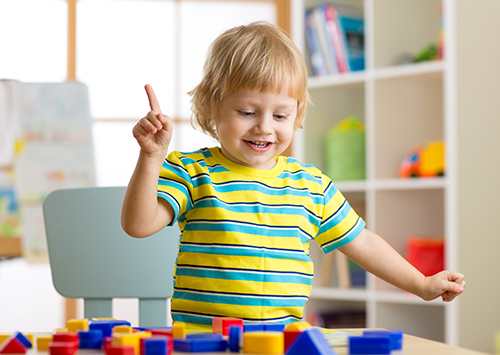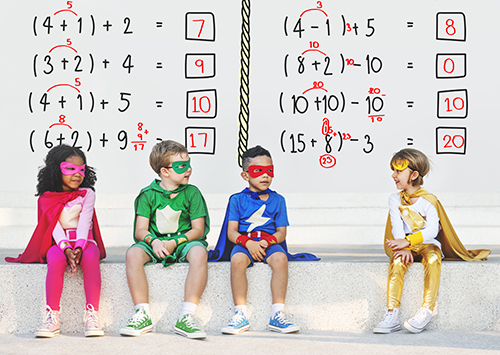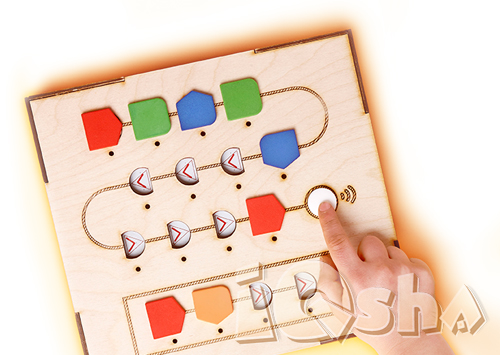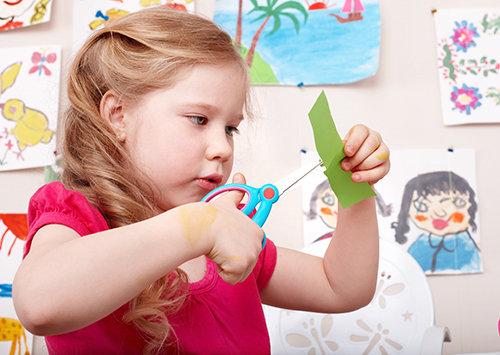What do five apples consist of? Ask a child this question and observe his reaction. They’ll likely answer, “Of five apples, of course!” Show them the peel, pulp, well, and seeds. And then tell them five apples also consist of three apples and two apples!
Studying the structure of numbers begins in preparatory group - when the concept of numbers is already mastered and the child can add numbers within ten, doing simple sums. Very often, tasks on the structure of numbers are so boring that the child can have hostility toward mathematics. This can lead to psychological barriers in the development of new principles of counting. In order to prevent boredom, learn games that involve the structure of numbers!
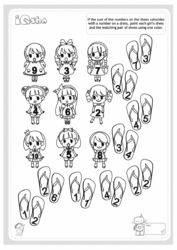
Objects-assistants. At preschool age, children have mainly evident thinking. When doing sums on the structure of numbers, oral or printed, don't forget to use different objects. Buttons, balls, marbles, counting sticks, even self-made calculating counters from plasticine or clay can be used. Also, learn to count the materials not by just by ones, but by twos, fives, etc.

Runs, pushes, drives … Use characters when training at home. One of them has a sum. Two other characters or objects have numbers which could be the answer to the sum. It is fun and easy for a child to enter the numbers in pumpkins, traffic lights, or lamps. With visual aids, it is much simpler to perform tasks and to dream. Think about what can happen to numbers in your objects: do they hide, wait for someone or something, or run away?
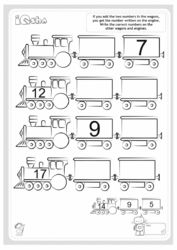
Treasuries. Try focusing on only one number each day, fixing its structure. For example, you could study the number 11. Collect 11 similar objects for counting (the same buttons or counters). Ask numerical riddles, hiding part of the total in a beautiful jug, a casket, or a sack. Tell the child the total, show how many remain outside, and ask him how many are hidden. Or show what remains outside and tell him how many subjects are hidden inside and ask him to count the total. After doing the task, your child will master the knowledge of the number’s structure. The child will not recall numbers learnt by heart, but will remember the quantities of the objects he counted and guessed. As you will see after a series of the lessons, an associative memory will be much more effective than a mechanical one! It is very important to frequently review the material.
Operations with numbers are often difficult and uninteresting for children. But it is possible to impart a love of mathematics by offering the child a game on the structure of numbers!

